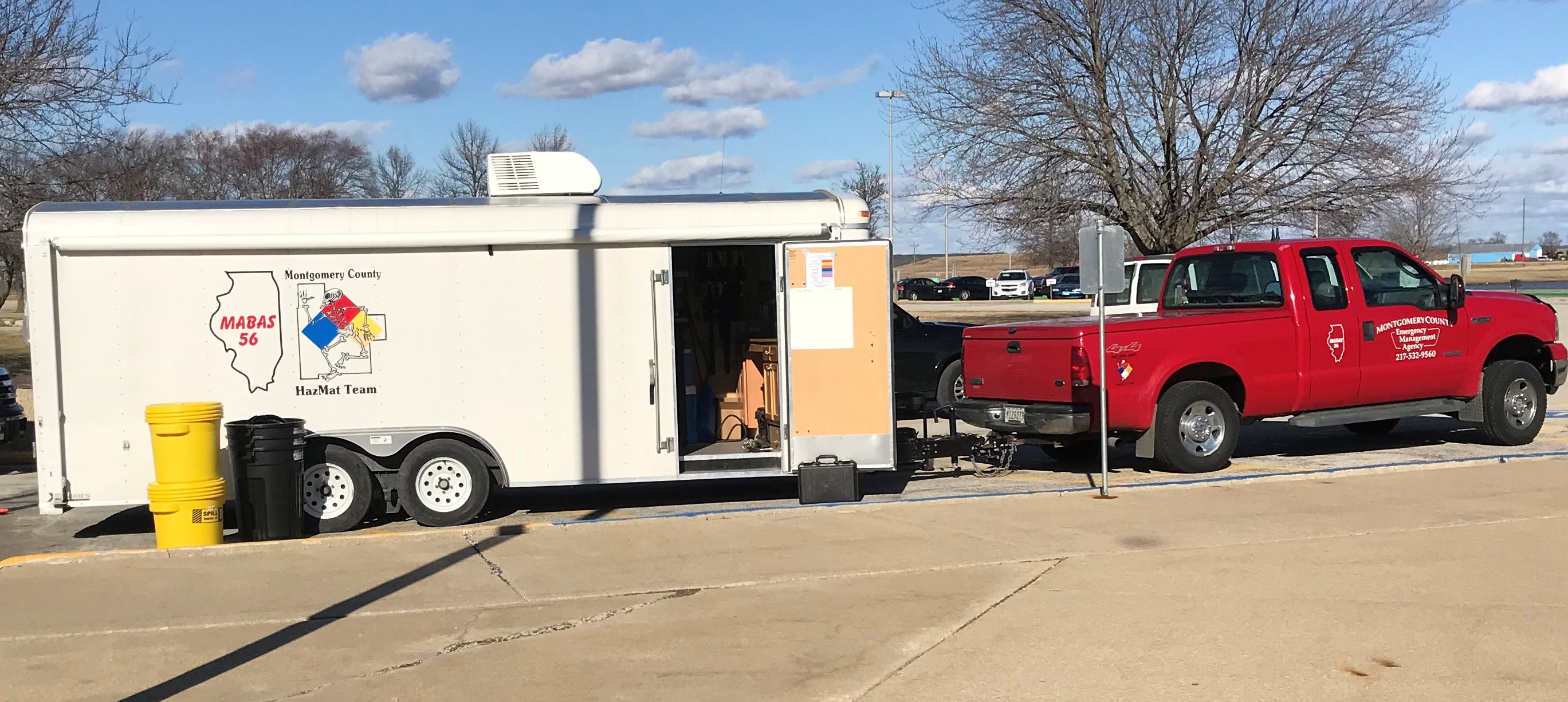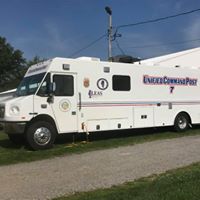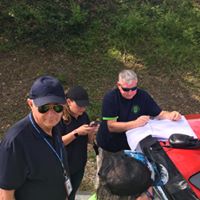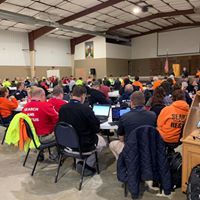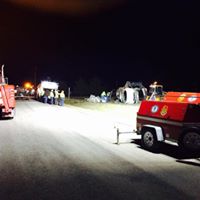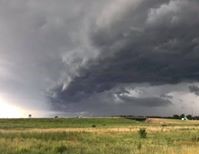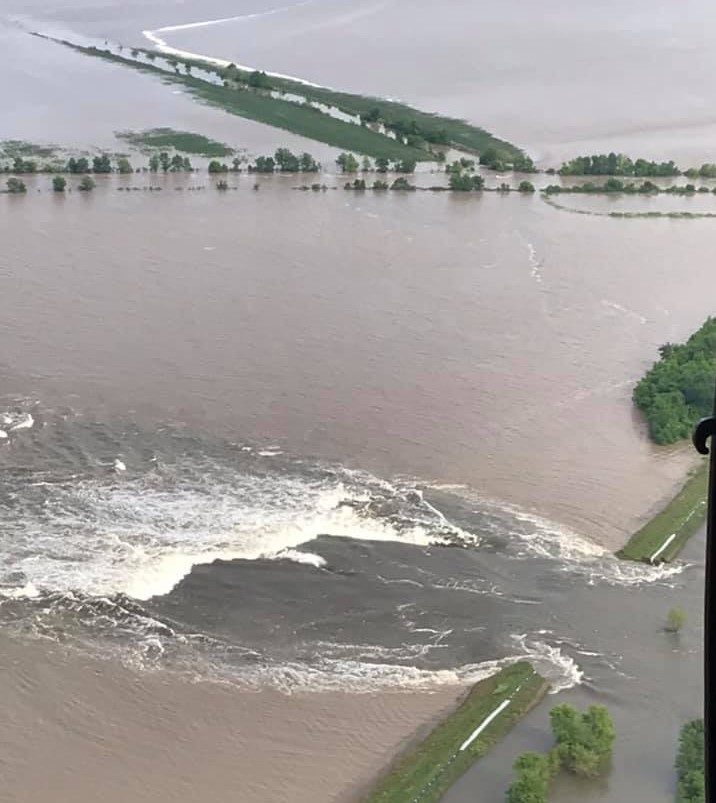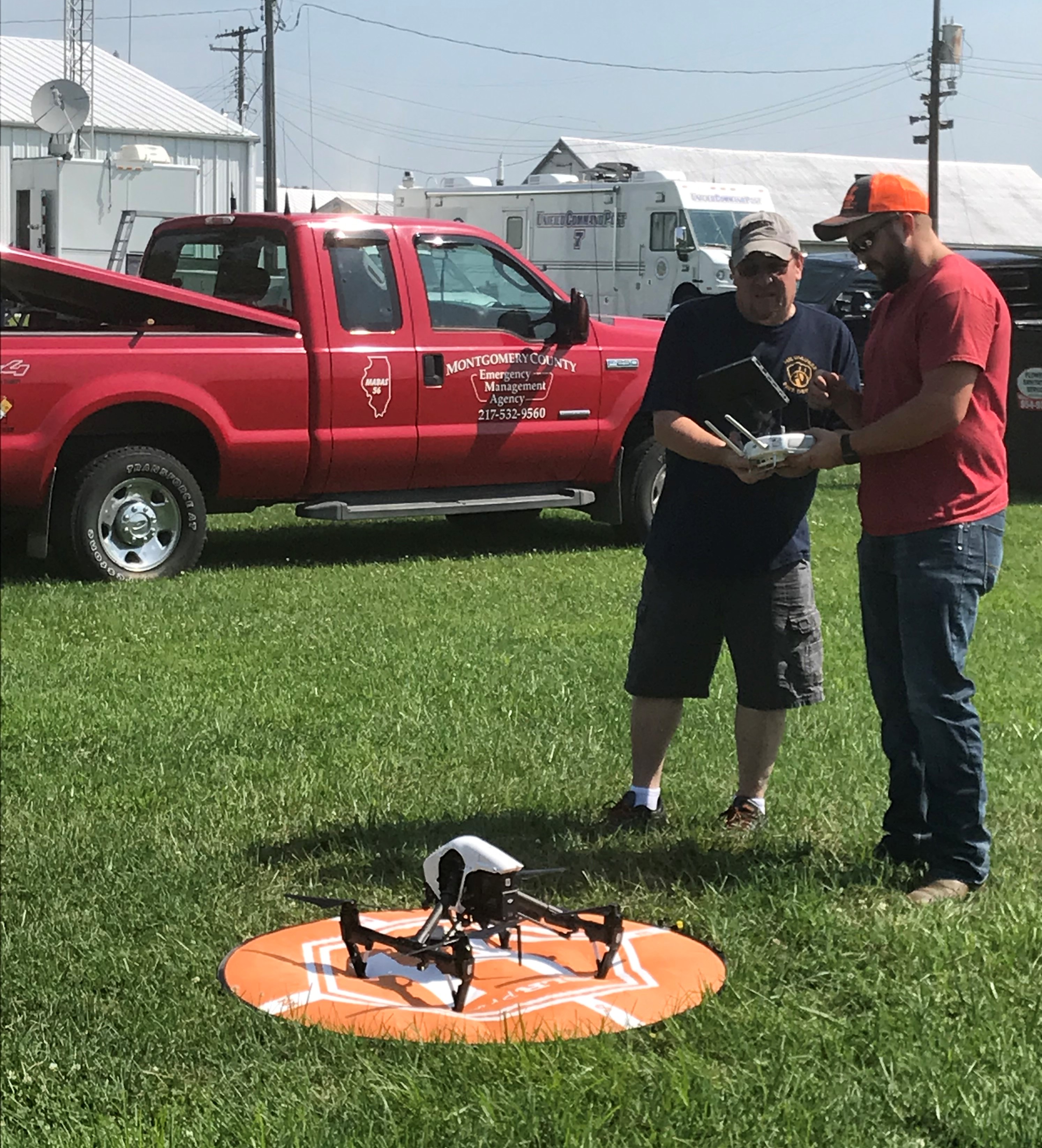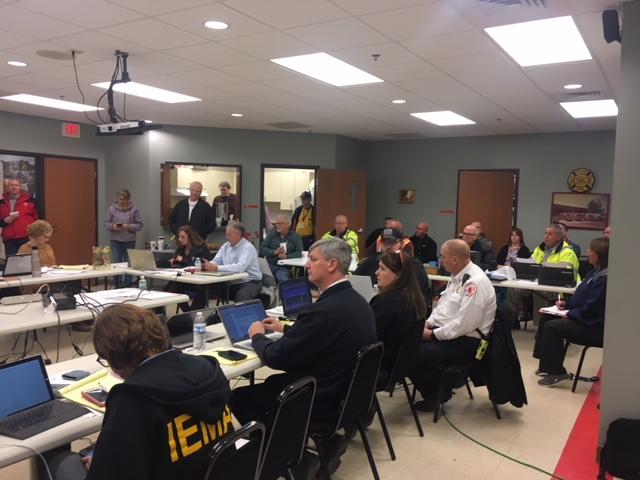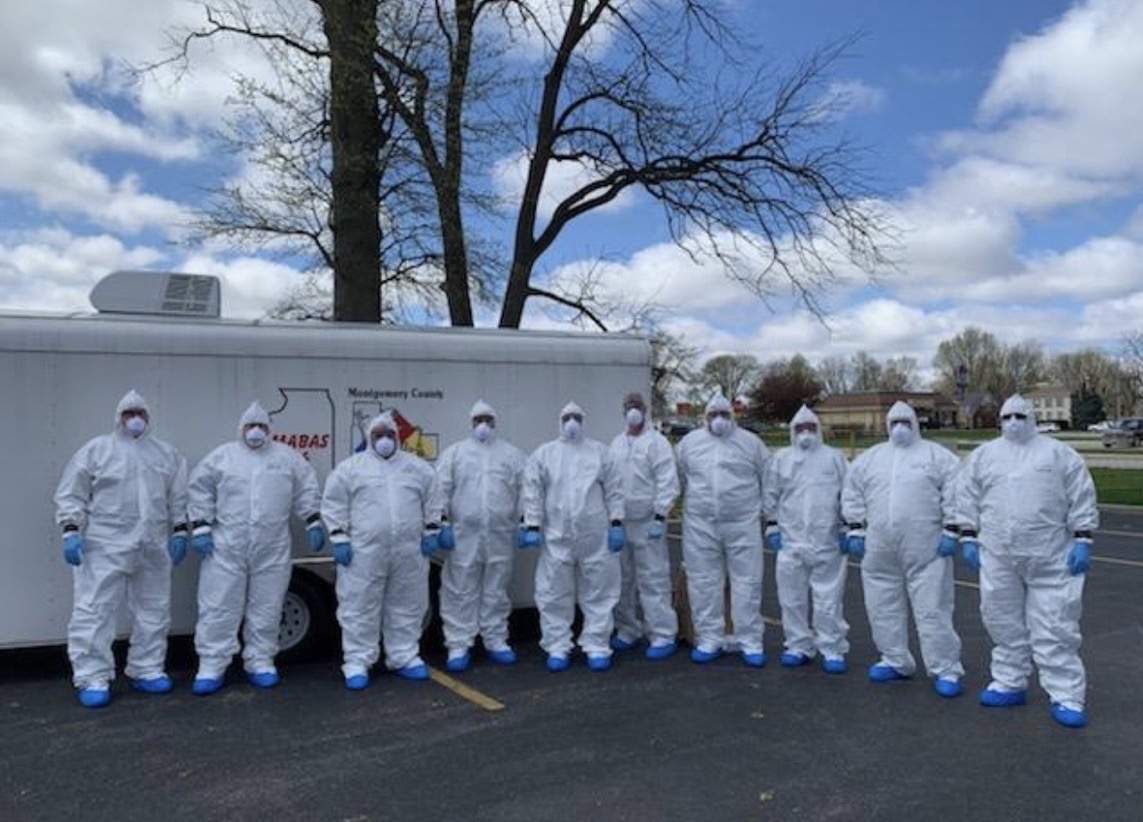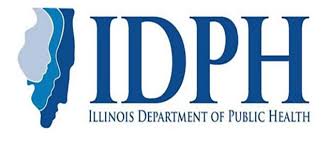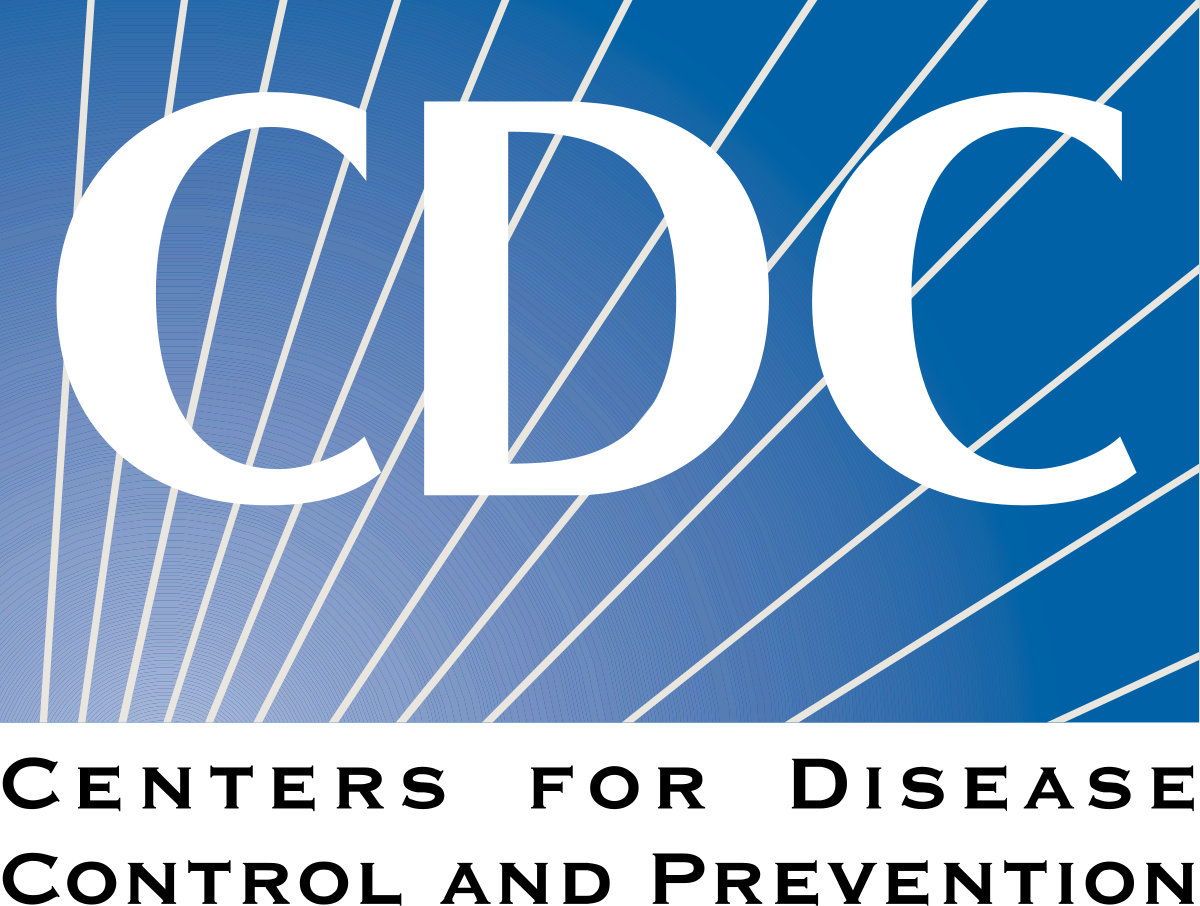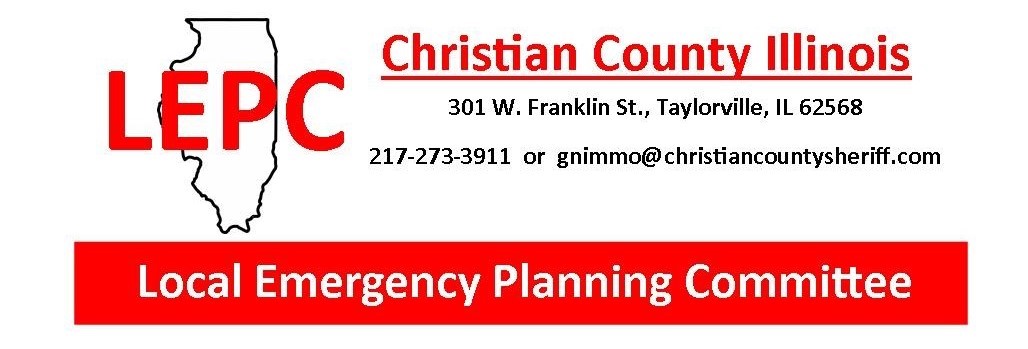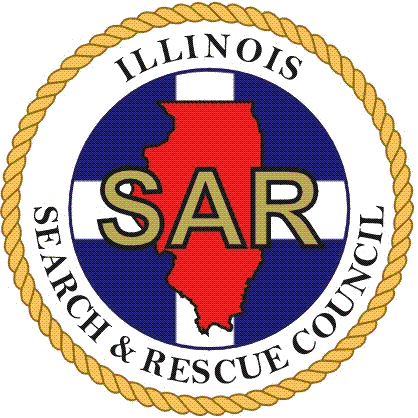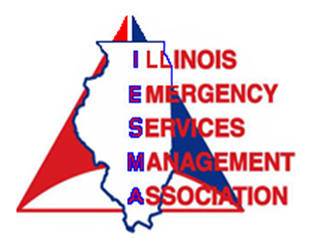Jeff Stoner,
Christian County EMA Director

Emergency Management
Send Message →
(217) 561-1197
Mailing Address:
202 N Main Street
Taylorville, IL 62568
Christian County EMA
“Serving Christian County”
Welcome to the Christian County Emergency Management Agency (CEMA) page. We are a EMA (Emergency Management Agency) program and we serve Christian County. EMA was originally created as Civil Defense (CD) and later became known as Emergency Services and Disaster Agency (ESDA). The name of the department was changed to the Emergency Management Agency (EMA) in 2005 to more accurately reflect its responsibilities. The agency established within the County Governments is responsible for coordinating emergency and disaster mitigation, as well as preparedness, planning, response and recovery efforts of the Counties and its political subdivisions in conjunction with the State of Illinois, Federal Government, private organizations, businesses, and the public. Our EMA is comprised of many great EMA Volunteers from both counties.
COVID-19 Links
(Click on the picture)
EMERGENCY USE AUTHORIZATION (EUA) – FACT SHEET
Our Volunteer Teams Consist Of:
-
Communications
-
Damage Assessment
-
Drone/FLIR
-
Incident management/Unified Command
-
Search & Rescue
-
Weather
During a disaster, a 24-hour Emergency Operations Center made up of local Policy and Control members will coordinate the response and operations of resources.
Emergency Management functions are often grouped into five phases:
- Prevention
- Preparedness
- Response
- Recovery
- Mitigation
Prevention
Prevention is directed at stopping problems before they start and includes activities like:
- Analyzing hazards and vulnerabilities
- Identifying and hardening potential targets
- Collaborative planning and investigation
- Information sharing
Preparedness
Preparedness activities include:
- Analyzing hazards and risk
- Providing training for residents and responders
- Anticipating needs and cataloging resources
- Fostering partnerships
- Developing emergency plans.
Response
The response is the work that first-responder agencies/partners do during a disaster.
- Incident Command/Unified Command Teams
- Helping agencies/communities follow their emergency plans
- Providing information to responders and residents
- Locating and coordinating resources for responders
- Documenting actions and costs of response work
Recovery
Recovery includes:
- Compiling damage and impact assessments
- Documenting protective and response costs
- Identifying unmet needs
- Partnering with support organizations
- Coordinating with State and Federal disaster agencies
Mitigation
Mitigation is doing things to reduce the impact of disasters and reduce the costs of future disasters in regards to things like property damage, economic loss, physical injury, and loss of life. A simple example of mitigation is the airbag in a car – it won’t stop you from having a crash, but it will help protect you from injuries when you do crash.
Local Emergency Planning Committee (LEPC):
Local Emergency Planning Committees (LEPC’s) were established by the Federal Emergency Planning and Community Right-To-Know Act, as Title III of the Superfund Amendments & Re-authorization Act of 1986. … The mission of the LEPC is to effectively plan for emergencies involving hazardous materials. In addition to hazardous materials, our LEPCs use this same Committee to also plan for other emergencies/disasters utilizing an all-hazards approach. It is an integrated approach to emergency preparedness planning by our LEPCs that focuses on capacities and capabilities that are critical to preparedness for a full spectrum of emergencies or disasters.
Key aspects of an LEPC all-hazards approach to risk assessment include:
- Developing plans that are flexible and scalable enough to adapt to a wide variety of disasters
- Focusing on the continuity of essential services that must remain consistent regardless of the disaster
- Assessing the risks most likely to affect an individual facility and community
Christian County Hazard Mitigation Plan
Public Forum Teleconference
Organizational Links:
(Click icon to see ISARC) (Click icon to see IESMA) (Click icon to see Ready IL)
EMA Photos:

